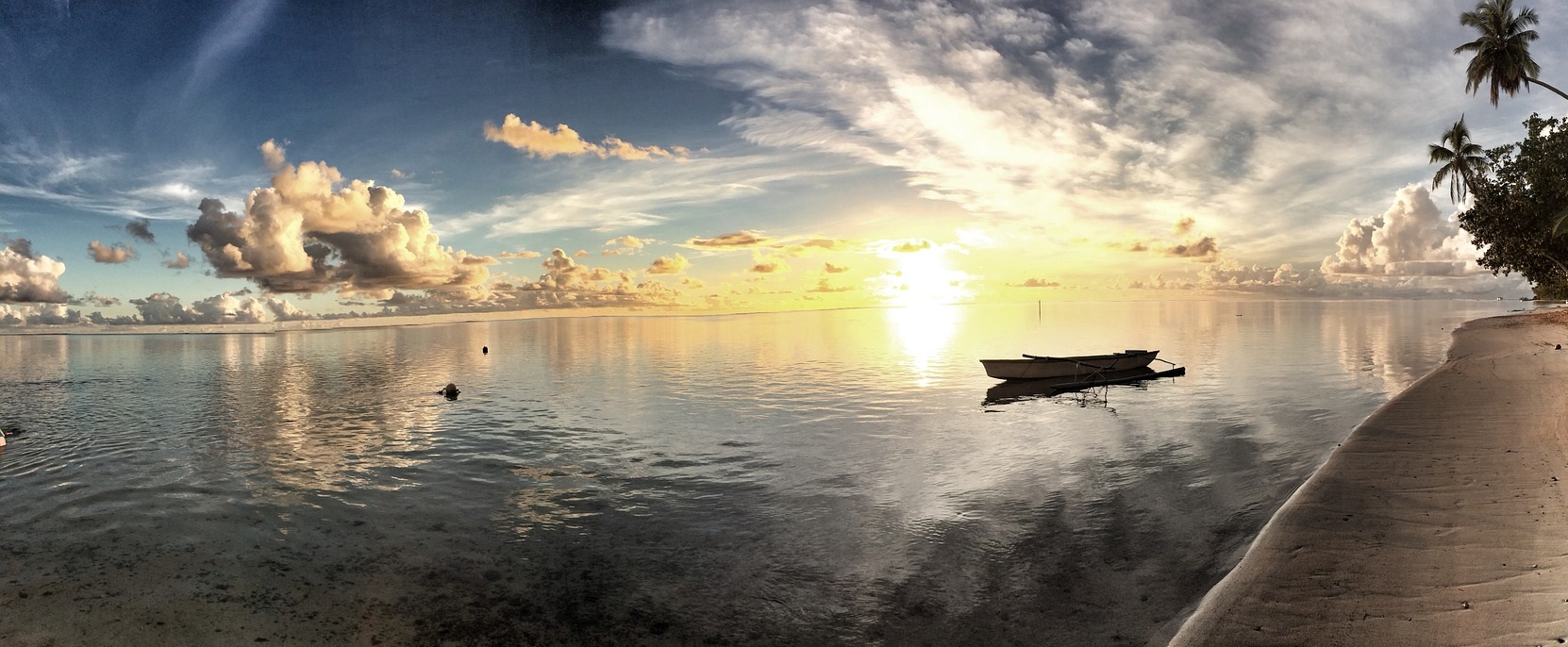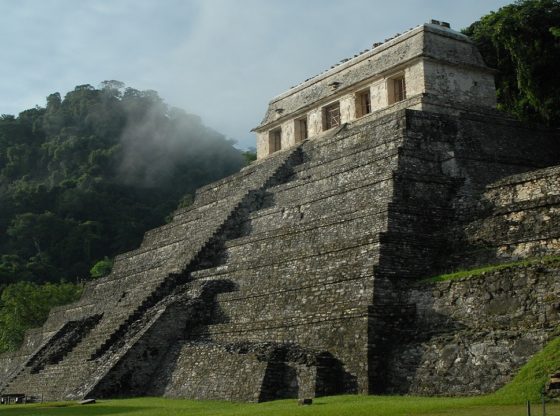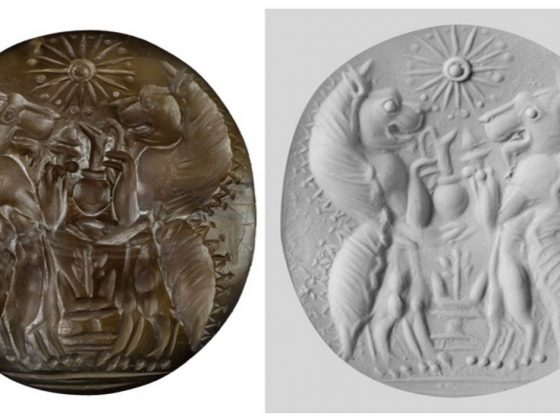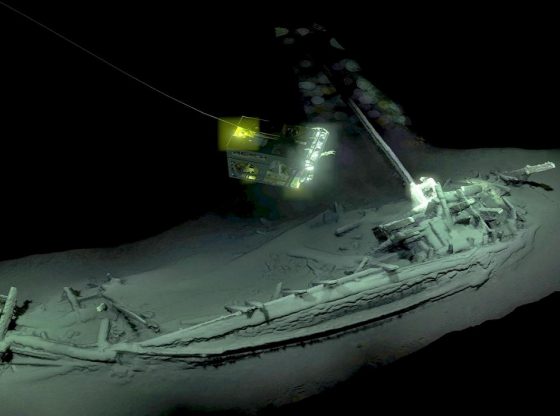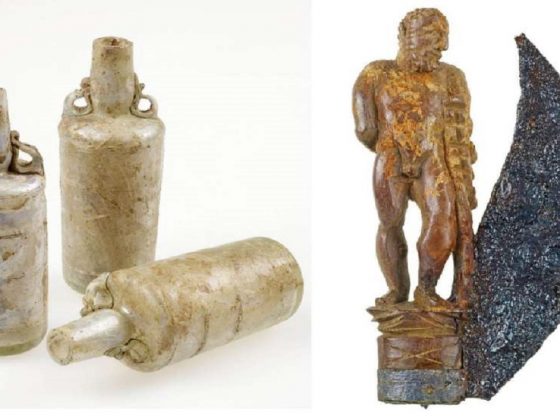A newly published paper in Nature supports the famous Norwegian explorer Thor Heyerdahl’s theory that South American natives sailed to distant Polynesian islands in the Pacific Ocean in prehistoric times.
A team of researchers analyzed DNA from more than 800 mainly modern individuals from different parts of Polynesia and South America. They found a common genetic signature that indicates that indigenous peoples from present-day Colombia traveled 700 kilometers (436 miles) across the Pacific Ocean to the Marquesas Islands in eastern Polynesia.
The genetic evidence seems to suggest that this DNA mixing occurred as early as the middle of the 12th century. The native Americans had children with Polynesians who came from the west, and the early date means that South Americans may actually imply that they were the first to arrive at the islands.
The genetic signature is distributed among the Native South American populations from northern coastal regions of South America. This signature is independent of other large historical, or more-recent, admixture events and instead exists in the genetic background, indicating that it is an old and stable hallmark of admixture.
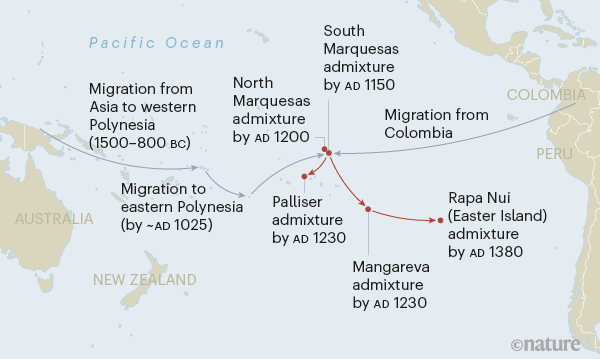
The signature was identified in several eastern Polynesian populations, for example in populations in Rapa Nui, Mangareva, in North Marquesas and South Marquesas, and in Palliser in the Tuamotu Islands. Image: Nature
That it was possible to sail from South America to Polynesia with prehistoric technology, is exactly what Thor Heyerdahl showed in 1947. In Heyerdahl’s Kon-Tiki expedition, he sailed 8,000 kilometers (5,000 miles) across the Pacific Ocean in a hand-built raft from South America to the Tuamotu Islands.
The trip began on April 28, 1947. Heyerdahl and five companions sailed the raft for 101 days over 6,900 km (4,300 miles) across the Pacific Ocean before smashing into a reef at Raroia in the Tuamotus on August 7, 1947. The crew made successful landfall and all returned safely.
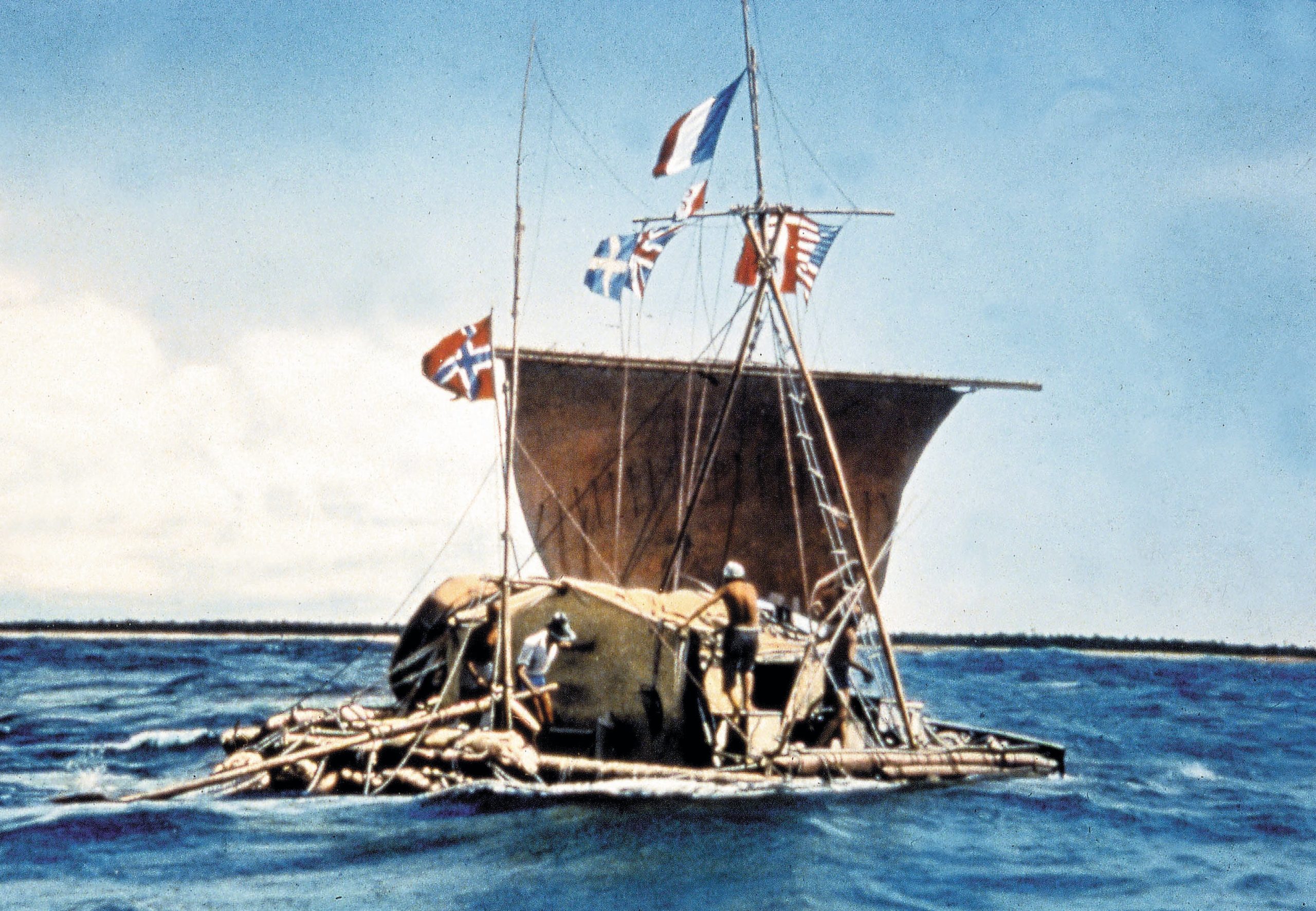
The Kon-Tiki expedition demonstrated that it was possible for a primitive raft to sail the Pacific with relative ease and safety. The raft proved to be highly maneuverable, and fish congregated between the nine balsa logs in such numbers that ancient sailors could have possibly relied on fish for hydration in the absence of other sources of freshwater. Heyerdahl’s book about The Kon-Tiki Expedition: By Raft Across the South Seas has been translated into 70 languages.
Reference:
Ioannidis, A.G. et al. Native American gene flow into Polynesia predating Easter Island settlement. Nature, 9 July 2020. Doi: 10.1038/s41586-020-2487-2

